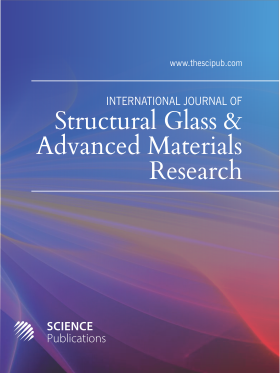Progressive Damage Modelling of Transverse Impact Behavior of Adhesively Bonded Composite Joints
- 1 University of Patras, Greece
Abstract
A three-dimensional dynamic numerical model was developed, using the commercially available finite element software LS-DYNA to simulate the Low Velocity Impact (LVI) case on bonded joints consisting of woven CFRP adherents. The adhesive failure simulated using the Cohesive Zone Method (CZM), while the failures in the composite material simulated using a progressive damage material model based on Hashin’s failure criteria. The numerical results were compared with the corresponding numerical and experimental data found in literature, showing good agreement regarding the damage area and the global structural response. However, the maximum contact force was underestimated by 18.2% due to premature fiber failure in the lower adherent as a result of tensile bending stresses. In the adhesive layer, the stress distribution was found to alter from tensile near the edge of the lower substrate to compressive close to the edge of the upper substrate. The cohesive failure initiated from the edge under mixed mode loading while it propagated along the overlap length under mode II dominated loading. Following, a study on the effect of the post damage parameters of the CFRP material model to the damage accumulation of the joint was conducted. These parameters were calibrated according to experimental data from literature. The modified model was used for the estimation of residual tensile strength of the bonded joint containing impact induced damage. The results show tensile strength decrease of 16.3% for the joint with 25.4 mm overlap length and impact energy of 10 J. Finally, the effect of overlap length and impact energy was studied, in the means of damage accumulation in the CFRP and adhesive material and residual tensile strength of the joint. It was found that increasing the overlap length lead to reduction of the disbonding area due to impact loading resulting in lesser decrease of the residual tensile strength of the joint. For low impact energy of 5 J the associated damage in the adherents and the adhesive is minimal and doesn’t affect the tensile strength of the joint. Increasing the impact energy resulted in significant increase in the damage accumulation of the joint leading to equivalent decrease in the tensile strength.
DOI: https://doi.org/10.3844/sgamrsp.2020.114.129

- 3,406 Views
- 1,429 Downloads
- 0 Citations
Download
Keywords
- Composite Bonded Joints
- Low Velocity Impact
- Finite Element Analysis
- Debonding
- Residual Strength
